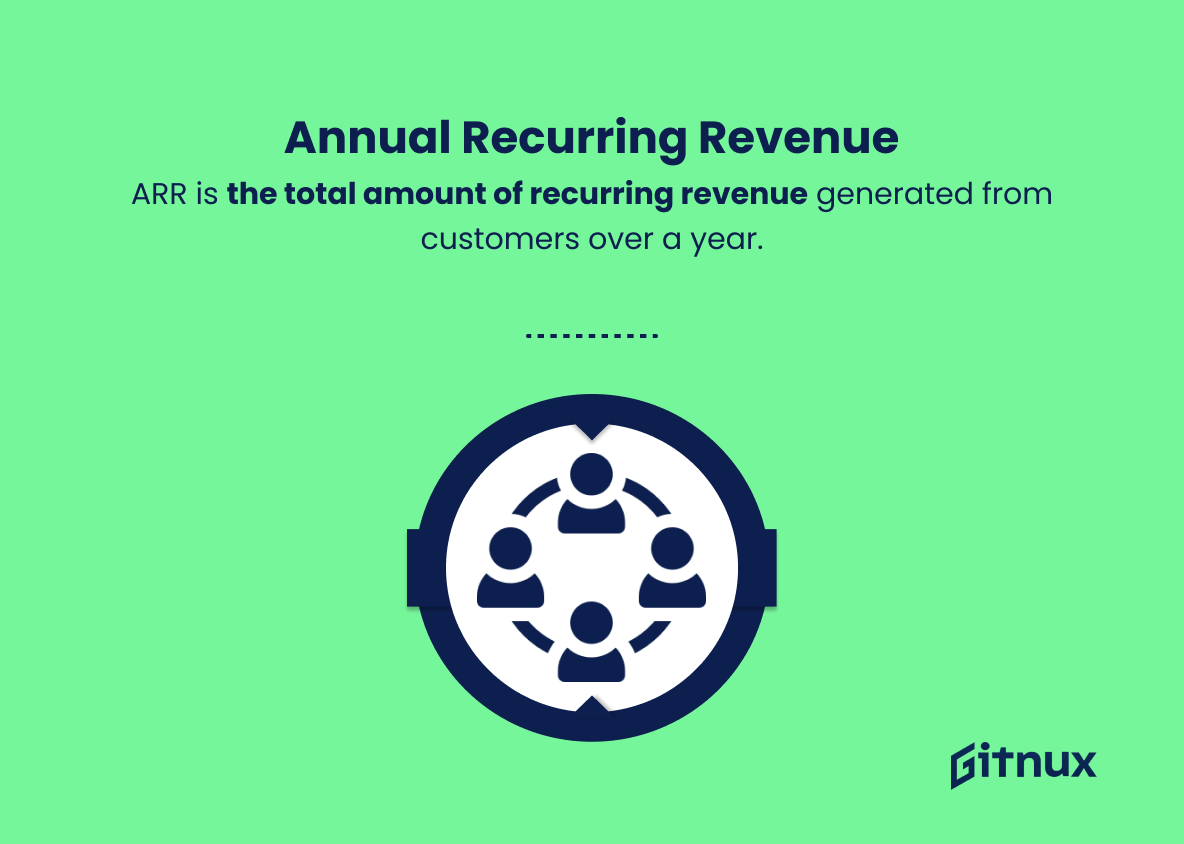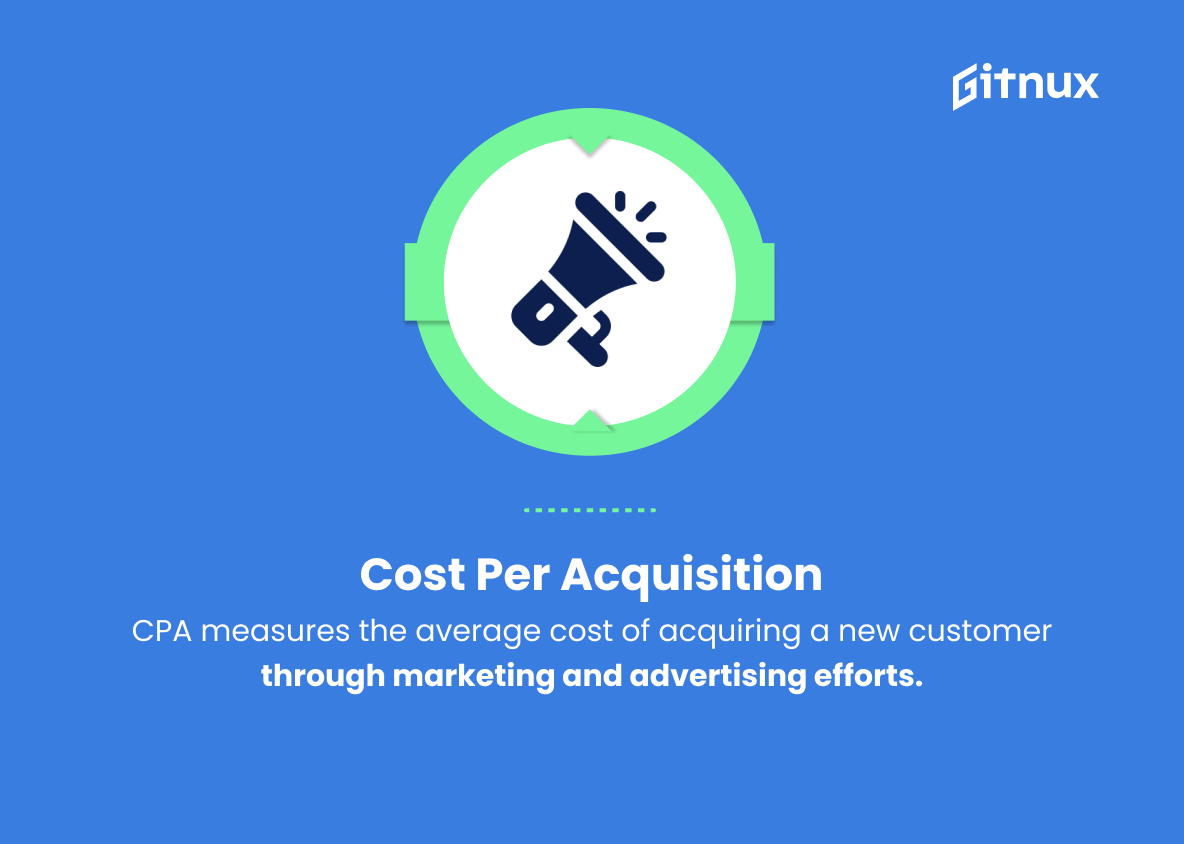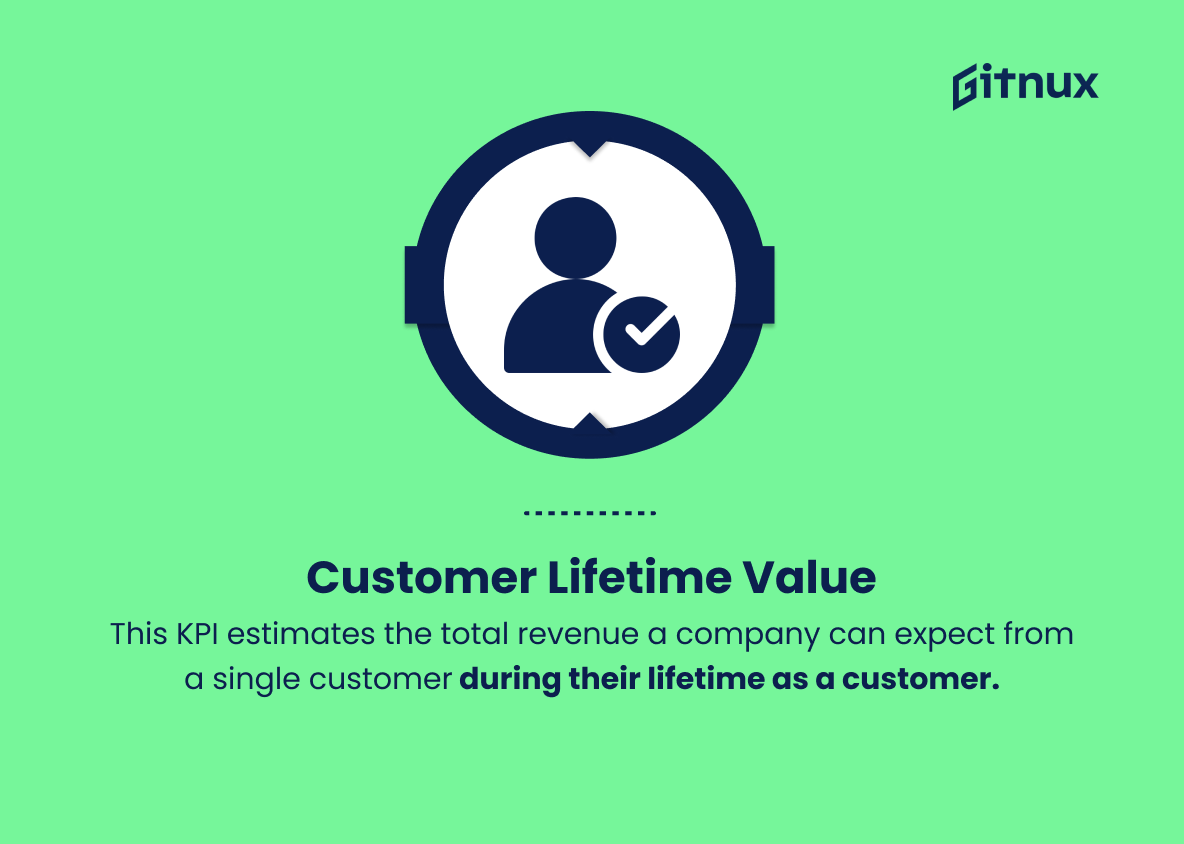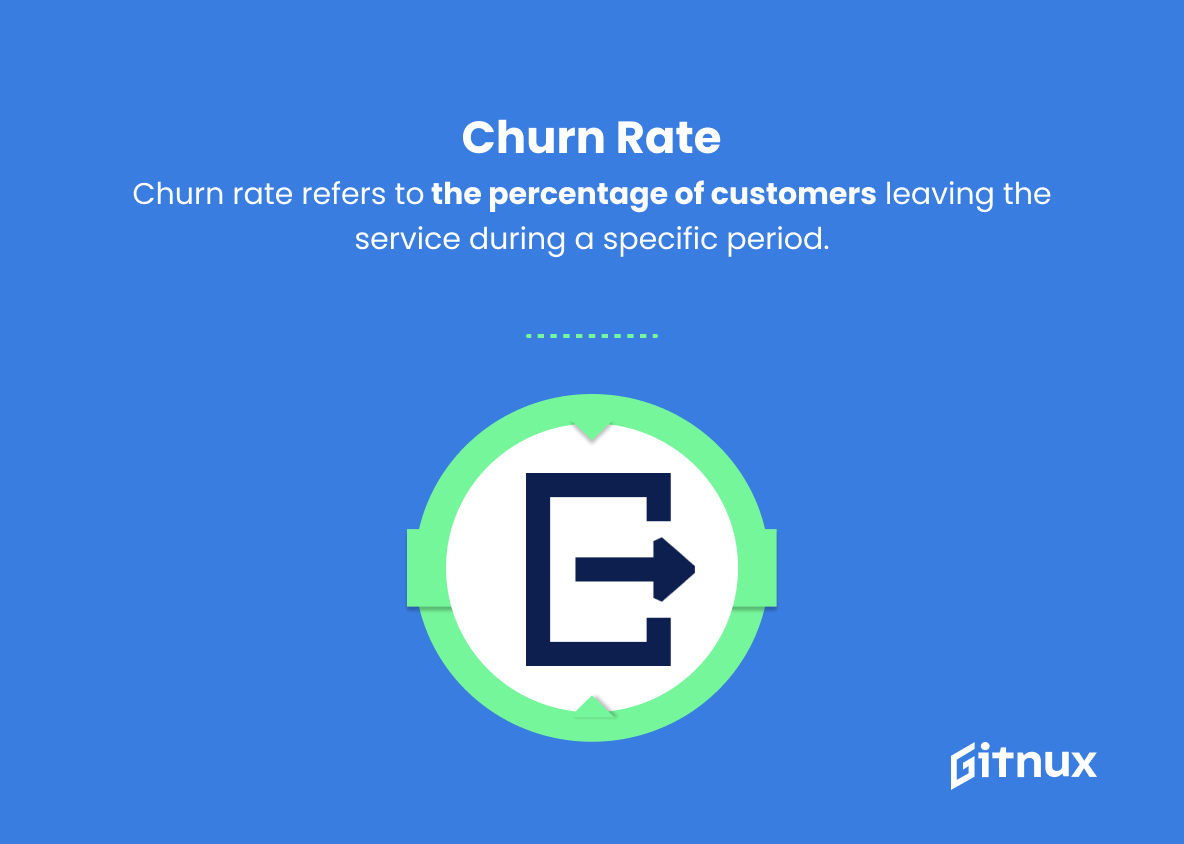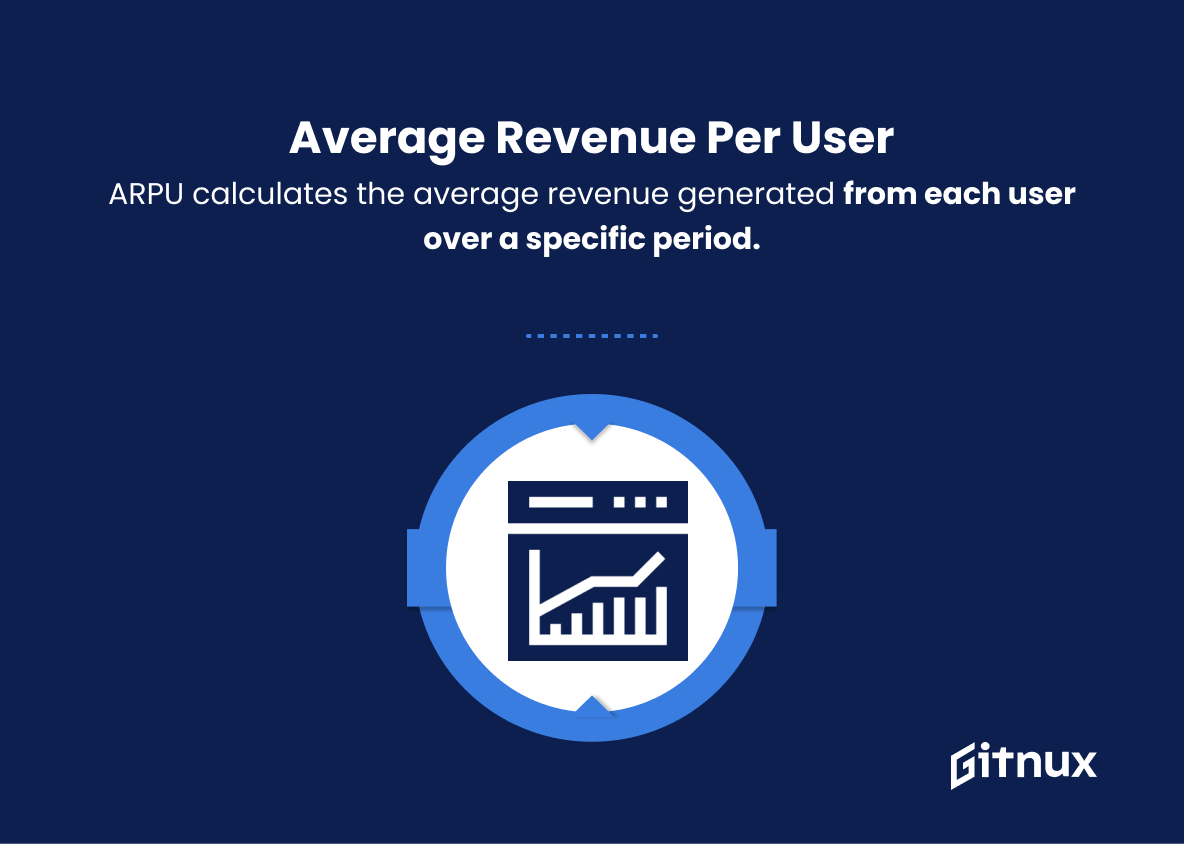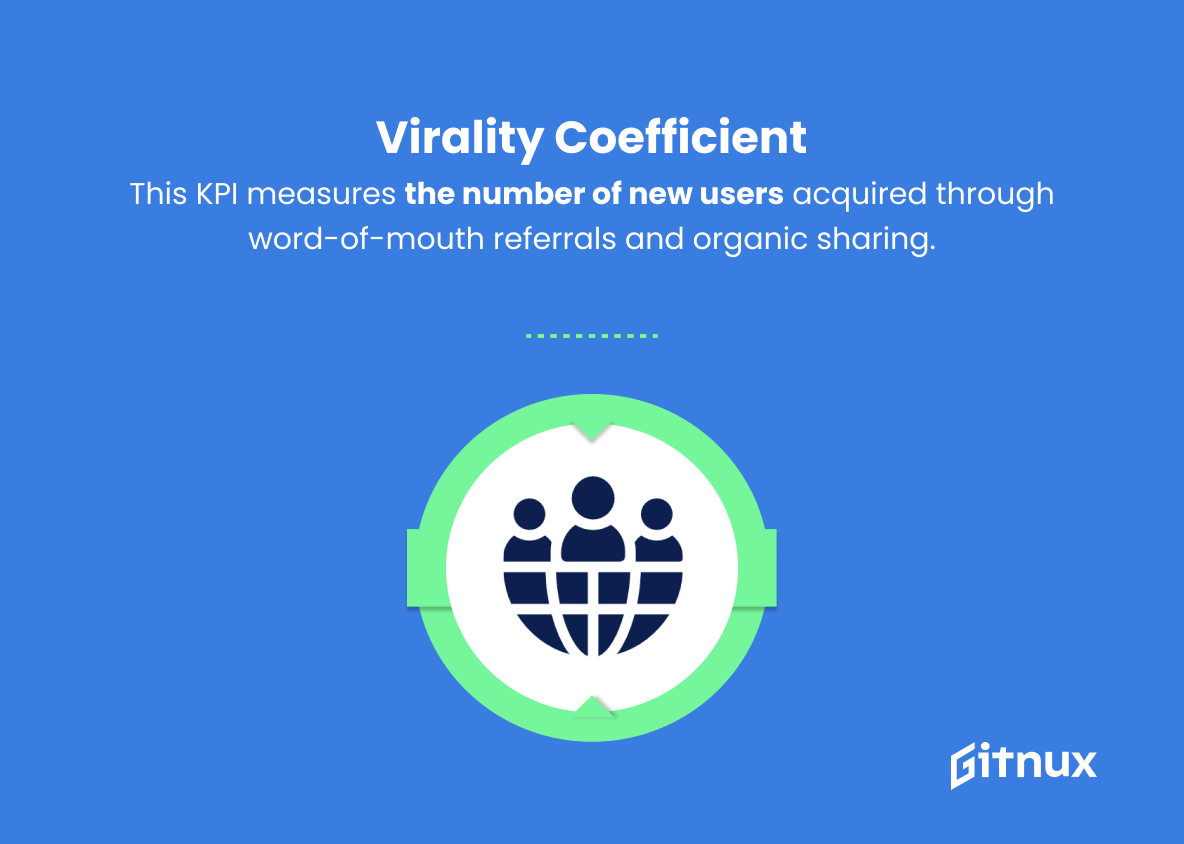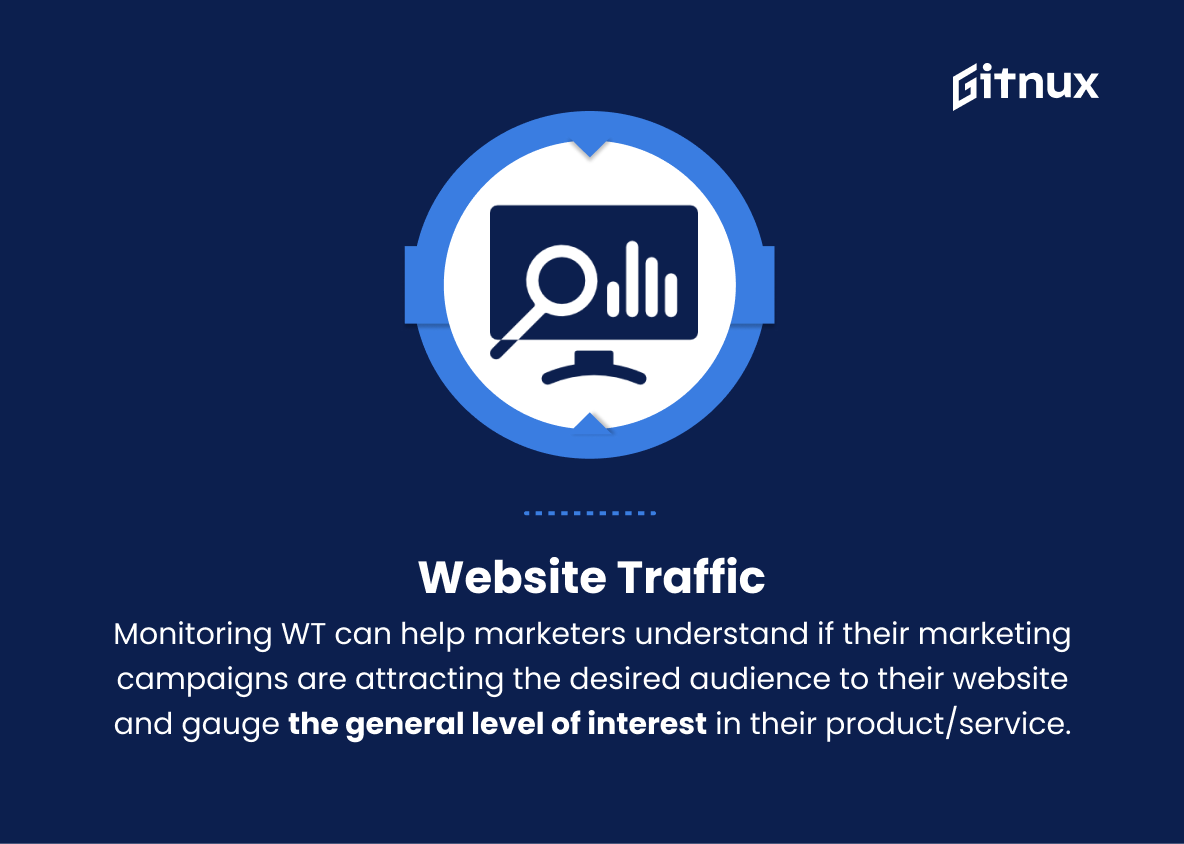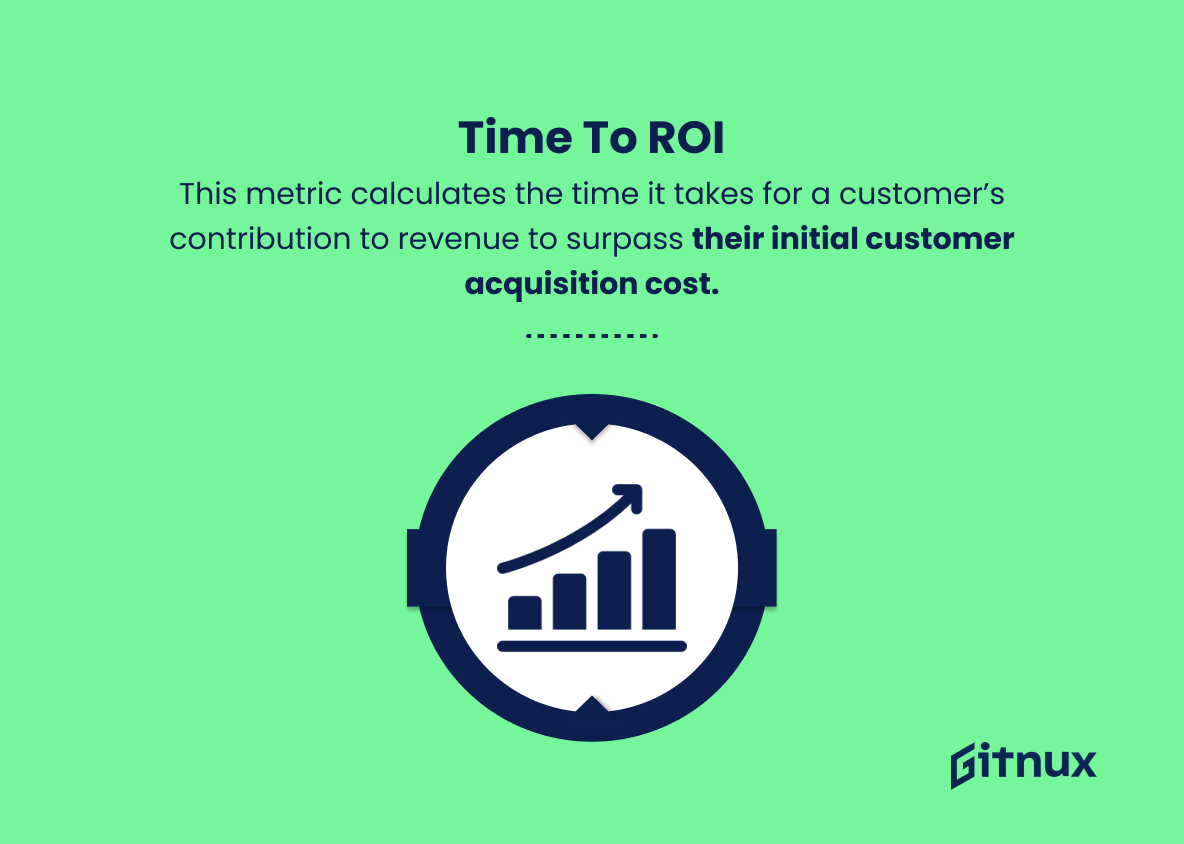The ever-evolving world of SaaS (Software as a Service) has revolutionized the way businesses operate, making it vital for organizations to stay on top of their marketing performance to maintain a competitive edge. Even the most sophisticated software solutions will struggle to generate traction without an effective marketing strategy in place. This is where SaaS Marketing KPIs (Key Performance Indicators) come into play, serving as crucial analytical tools to help decision-makers consistently evaluate, optimize, and improve their marketing efforts.
In this insightful blog post, we will delve deep into the realm of SaaS Marketing KPIs, understanding their significance and exploring the most valuable metrics that can truly make a difference in your organization’s success story. Whether you are a seasoned marketer or a SaaS thought leader, our comprehensive coverage of these crucial KPIs will provide you with the knowledge and confidence to not just meet, but surpass your business objectives.
SaaS Marketing KPIs You Should Know
1. Monthly Recurring Revenue (MRR)
MRR is the amount of predictable revenue generated by customers using a SaaS product on a monthly basis. It helps measure the success of sales and marketing efforts.
2. Annual Recurring Revenue (ARR)
ARR is the total amount of recurring revenue generated from customers over a year. This KPI is critical for understanding the company’s revenue growth from subscription-based products.
3. Cost per Acquisition (CPA)
CPA measures the average cost of acquiring a new customer through marketing and advertising efforts. It helps identify the effectiveness of marketing strategies.
The ever-evolving world of SaaS (Software as a Service) has revolutionized the way businesses operate, making it vital for organizations to stay on top of their marketing performance to maintain a competitive edge.4. Customer Acquisition Cost (CAC)
This metric displays the total cost of acquiring a new customer, including marketing, sales, and other related expenses.
5. Customer Lifetime Value (CLTV)
This KPI estimates the total revenue a company can expect from a single customer during their lifetime as a customer. It helps determine the appropriate amount to invest in acquiring and retaining customers.
6. Churn rate
Churn rate refers to the percentage of customers leaving the service during a specific period. A low churn rate indicates a high level of customer satisfaction, while a high churn rate might signal that customers are unhappy with the product or the competition is more appealing.
7. Net Promoter Score (NPS)
NPS measures customer satisfaction and loyalty by asking customers to rate the likelihood of recommending the product or service to others. A high NPS indicates satisfied and loyal customers, while a low score suggests areas for improvement.
8. Conversion Rate
The percentage of visitors to a website or landing page who complete a desired action, such as signing up for a free trial or subscribing to a newsletter. It measures the effectiveness of marketing campaigns in driving customer actions.
9. Lead-to-Customer Ratio
This metric represents the percentage of leads that convert into paying customers. It helps companies understand the effectiveness of their sales funnel and identify potential areas for improvement.
10. Average Revenue per User (ARPU)
ARPU calculates the average revenue generated from each user over a specific period. It helps assess the value of each customer and track revenue growth across different customer segments.
11. Marketing Return on Investment (ROI)
This KPI measures the effectiveness of marketing efforts by comparing the revenue generated from marketing activities to the costs associated with those activities. A high ROI indicates a successful marketing strategy.
12. Virality coefficient
This KPI measures the number of new users acquired through word-of-mouth referrals and organic sharing. A high virality coefficient signifies successful viral marketing campaigns and implies that customers are highly engaged and satisfied.
13. Website traffic
Monitoring website traffic can help marketers understand if their marketing campaigns are attracting the desired audience to their website and gauge the general level of interest in their product or service.
14. Time to ROI
This metric calculates the time it takes for a customer’s contribution to revenue to surpass their initial customer acquisition cost. It can help identify the efficiency of marketing efforts and calculate break-even points.
SaaS Marketing KPIs Explained
SaaS Marketing KPIs, such as Monthly Recurring Revenue (MRR) and Annual Recurring Revenue (ARR), are crucial for assessing a company’s financial performance and stability, while metrics like Cost per Acquisition (CPA) and Customer Acquisition Cost (CAC) help measure the efficiency of marketing strategies. Customer Lifetime Value (CLTV) and Churn rate provide insights into customer satisfaction and retention, while Net Promoter Score (NPS) evaluates overall customer loyalty. Conversion Rate, Lead-to-Customer Ratio, and Average Revenue per User (ARPU) help the business understand the effectiveness of campaigns, sales funnels, and customer segmentation.
Marketing Return on Investment (ROI), Virality coefficient, and Website traffic all contribute to understanding the efficacy of marketing efforts and the impact on business growth. Lastly, Time to ROI helps businesses assess the time until realizing profitability from customers, ensuring that marketing and sales efforts align with long-term business objectives. These KPIs, together, enable SaaS companies to optimize their marketing efforts and make data-driven decisions that support growth and customer satisfaction.
Conclusion
In conclusion, tracking and analyzing the right SaaS marketing KPIs is indispensable for the success of your business in the competitive software market. By carefully monitoring metrics such as customer acquisition cost, lifetime value, churn rate, MRR, and sales and marketing expenses, you can make informed decisions to optimize your marketing efforts, drive growth, and increase revenue.
Always remember that establishing a strong foundation for measuring these KPIs and regularly reviewing their performance helps to adapt your strategies and, ultimately, achieve long-term success in the SaaS industry.

